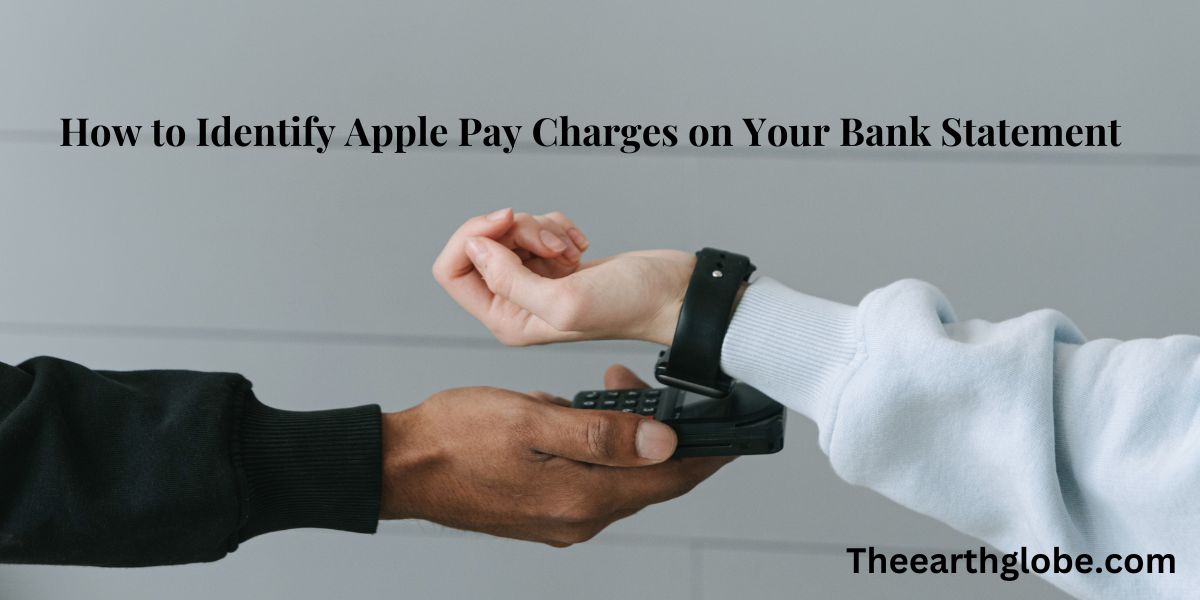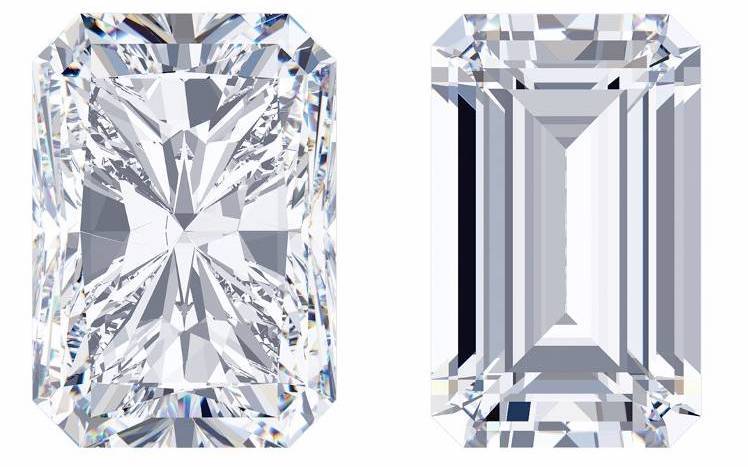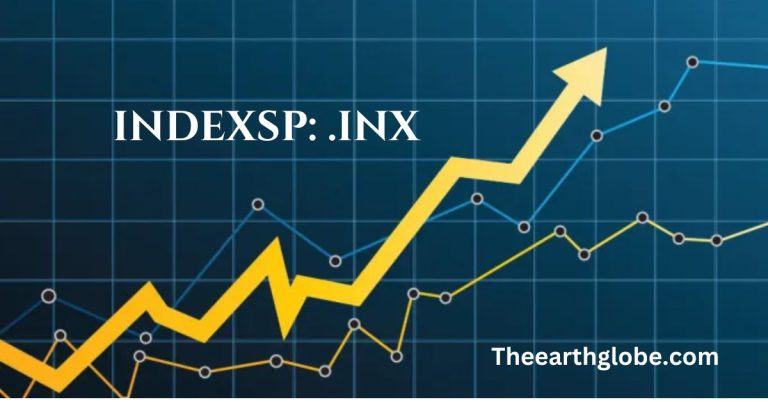How to Identify Apple Pay Charges on Your Bank Statement
Introduction
Apple Pay is a widely used mobile payment method known for its convenience and security. If you use Apple Pay regularly, understanding how it appears on your bank statement can help you manage your finances and detect any suspicious activities.
What is Apple Pay?
Apple Pay is a digital wallet and mobile payment service developed by Apple Inc. It allows users to make payments using their Apple devices like iPhones, iPads, Apple Watches, and Macs. Apple Pay adds an extra layer of security by not storing your actual card details but using a unique Device Account Number for each transaction.
Read To Know About Prime video channels charge on bank statement
How Apple Pay Transactions Appear on Bank Statements
Apple Pay transactions typically appear on bank statements just like any other credit or debit card transactions. When you use Apple Pay, the transaction is processed through your linked credit or debit card, and the bank statement reflects the merchant’s name, transaction date, and the amount charged.
Identifying Apple Pay Transactions
To identify “Apple Pay“ transactions on your bank statement, look for the following:
- Merchant Name: The name of the store or service where the transaction occurred.
- Transaction Date and Amount: The date the purchase was made and the total amount charged.
- Device Account Number: Some banks may include a unique Device Account Number or a note indicating that the transaction was made via Apple Pay.
Information Included in Apple Pay Transactions
When you check your bank statement, Apple Pay transactions will typically include:
- Merchant Name: The name of the business or organization where the purchase was made.
- Transaction Date: The date the purchase was made.
- Amount: The total amount of the purchase, including any taxes or fees.
- Payment Method: Some statements may indicate that Apple Pay was used for the transaction.
- Location and Transaction ID: Additional details like the city or region of the purchase and a unique transaction identifier.
Common Issues with Apple Pay Transactions
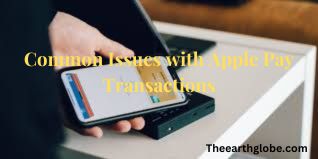
Sometimes, users might face issues with Apple Pay transactions appearing on their bank statements. Here are some common scenarios:
Unrecognized Charges
Seeing an unfamiliar Apple Pay charge can be alarming. It doesn’t always mean fraud. Check if someone else used your device or if it’s related to a subscription or automatic billing.
Subscription or Automatic Billing
Subscriptions and automatic billings linked to your Apple Pay can sometimes be forgotten. Review your subscriptions to ensure these charges are legitimate.
Multiple Cards Linked
Having multiple cards linked to your Apple Pay can lead to confusion. Ensure you’re aware of which card was used for each transaction.
How to Handle Suspicious Apple Pay Activity
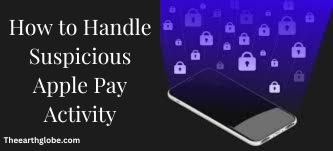
If you notice suspicious activity related to Apple Pay on your bank statement, take the following steps:
Report Unauthorized Transactions
Immediately contact your bank or the card issuer to report any unauthorized transactions. They can block the affected card and issue a replacement.
Update Security Settings
Enhance your Apple Pay security settings by requiring a passcode every time you access the Wallet. Consider using Face ID or Touch ID for added security.
Impact on Rewards and Cashback
If you use a rewards credit card with Apple Pay, you may wonder if these transactions qualify for rewards. The good news is that Apple Pay purchases generally qualify for rewards just like any other card transactions.
Tracking Rewards
Rewards points, cashback, or miles earned from Apple Pay transactions will appear on your bank statement and in your rewards account just like regular card payments.
How Does Apple Pay Show Up on Bank Statement During Refunds?
When you request a refund for an Apple Pay purchase, the refund will appear on your bank statement similarly to a standard card refund. The refunded amount, merchant name, and transaction date will be listed. Sometimes, “Apple Pay Refund” may be indicated, showing that the original purchase was made using Apple Pay.
Do Apple Pay Transactions Show Differently Across Banks?
Apple Pay transactions may appear slightly different depending on the bank. Some banks might list “Apple Pay” next to the merchant name, while others may not. Despite these variations, the essential details such as merchant name, date, and amount remain consistent across different banks.
How to Verify Apple Pay Transactions?
To verify Apple Pay transactions on your bank statement, cross-check the transaction details with the receipts in your Apple Wallet. Apple Wallet keeps a record of recent transactions, which can help confirm the accuracy of the amounts and merchants listed on your bank statement.
Managing Multiple Cards in Apple Pay
If you have multiple cards linked to Apple Pay, it’s crucial to know which card was used for each transaction. Your bank statement will list the transactions under the respective card accounts. Ensuring you select the correct card for each purchase can help avoid confusion.
Benefits of Using Apple Pay for Transactions
Using Apple Pay offers several benefits, including enhanced security and convenience. Transactions are encrypted, and card details are never shared with merchants.
Conclusion
Understanding how Apple Pay transactions show up on your bank statement is essential for managing your finances effectively. Apple Pay offers a secure and convenient payment method, and keeping track of these transactions can help you detect any suspicious activity. Always review your bank statements regularly to ensure all transactions are accurate and legitimate.
Frequently Asked Questions (FAQs)
How does Apple Pay show up on my bank statement?
- Apple Pay transactions typically show up as regular credit or debit card transactions, listing the merchant name, date, and amount.
Can I identify Apple Pay transactions on my bank statement?
- Yes, some banks indicate “Apple Pay” or include a unique identifier next to the transaction details.
Do Apple Pay refunds appear differently on bank statements?
- Refunds processed through Apple Pay will show up like regular refunds, with the refunded amount and merchant details, possibly labeled as “Apple Pay Refund.”
Are Apple Pay transactions listed differently across banks?
- Yes, the format can vary; some banks may explicitly label Apple Pay transactions, while others may not.
How can I verify an Apple Pay transaction on my bank statement?
- Cross-check the transaction details with the receipts and recent transactions available in your Apple Wallet.
Do Apple Pay transactions qualify for rewards and cashback?
- Yes, they typically qualify for the same rewards and cashback as transactions made with your physical card.
What should I do if I see an unrecognized Apple Pay charge?
- Contact your bank or card issuer immediately to report and investigate the suspicious transaction.
Can multiple cards linked to Apple Pay cause confusion on bank statements?
- Yes, ensure you know which card was used for each transaction to avoid confusion when reviewing your statement.
Does the payment method show on bank statements for Apple Pay?
- Some banks may note that the transaction was made using Apple Pay, while others might not specify.
Does Apple Pay provide additional transaction details for bank statements?
- Apple Pay transactions may include extra details like a Device Account Number or transaction ID, helping to verify the purchase.

